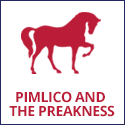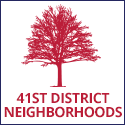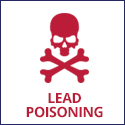Menachem Begin was the Prime Minister of Israel.
He won the Nobel Prize for signing the peace treaty with Anwar Sadat and Jimmy Carter.
“I want to be remembered, above all, as someone who prevented civil war,” declares Begin in the quote you see at the start of the tour in the Begin Center.
He was referring to the armed dispute between his faction and the new State of Israel, headed by his long-time rival and first Prime Minister, David Ben Gurion, over the shipment of military supplies to Begin’s group.
Begin kept his pledge not to leave his modest apartment in Israel until he was elected Prime Minister.
Nonetheless, he asked to be buried on the Mt. of Olives in Jerusalem, next to two compatriots who committed suicide to avoid being hung by the British during the pre-state Mandate period.
Other PMs are buried on Mt. Herzl in Tel Aviv.
—
Before lunch, I walked in the Jewish Quarter of the Old City.
Instead of turning left to go to the Wall, I went right.
I found a memorial to the 48 Jews who lost their lives defending the City in 1948.
Rabbinical permission was needed for them to be buried there.
The reason: Jewish law prohibits cemeteries within a city.
That prohibition is also relevant at the Church of the Holy Sepulcher, which is built on the burial site of Jesus Christ.
On an earlier trip, we came upon archeological evidence that the church was outside the City limits at that time.
—
My tour guidance for the first-time visitors was not what I hoped it would be.
Only Professor Levin and his wife joined me, and we took a taxi, instead of walking my newly found route to the Wall.
Our entrepreneurial cabbie asked us if we also wanted to go to Bethlehem – quite a distance away and a reminder that while some people in Jerusalem may ask me for directions, I’m still a tourist.
But very much at home and moved once I prayed at the Wall.








